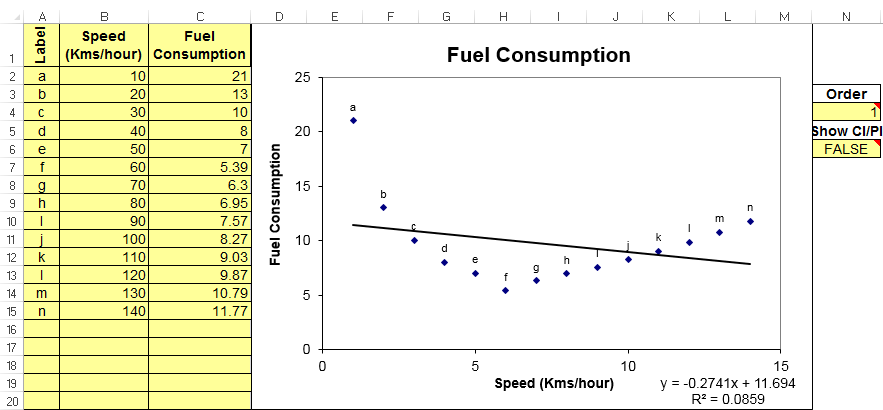
orientation = "maxMin" x = Reference ( ws, min_col = 2, min_row = 2, max_row = 102 ) y = Reference ( ws, min_col = 3, min_row = 2, max_row = 102 ) s = Series ( y, xvalues = x ) chart1. orientation = "maxMin" chart4 = ScatterChart () chart4. Use a scatter chart to show numeric coordinates along the horizontal (X) and vertical (Y) axes and to look for trends and patterns between two variables. orientation = "minMax" chart3 = ScatterChart () chart3. If Use Excel Fill on Top is selected (see Color scheme), you can set the fill color from Excels cell formatting in any cell in a data points row to set the.

Click anywhere in the data and select Insert (tab)-> Charts (group) -> Insert Line or Area Chart (button)-> Line with Markers (top row, second from right). legend = None chart2 = ScatterChart () chart2. Both of these charts are easy to create using QI Macros add-in for Excel. Excel doesnt support text labels for x-axis on scatter plots natively, so you have to fake it like so. We will begin by creating a standard line chart in Excel using the below data set. append () chart1 = ScatterChart () chart1. append () for i, x in enumerate ( range ( - 10, 11 )): ws. The principles for other versions of Excel will be the same, but the menus may be in slightly different locations. Area Chart Minimum and Range Line Charts Minimum, Maximum and Result This example is created using Excel 2016. Of course you will delete the data legend because it is just useless here to get a perfectly nice chart with more than 255 data series per chart. Insert a scatter chart with markers or without and you will get something like this. From openpyxl import Workbook from openpyxl.chart import ( ScatterChart, Reference, Series, ) import math wb = Workbook () ws = wb. A tolerance chart is a combination of two chart types, a stacked area chart and 3 line charts. Select the range of cells from B5 to P255.


 0 kommentar(er)
0 kommentar(er)
